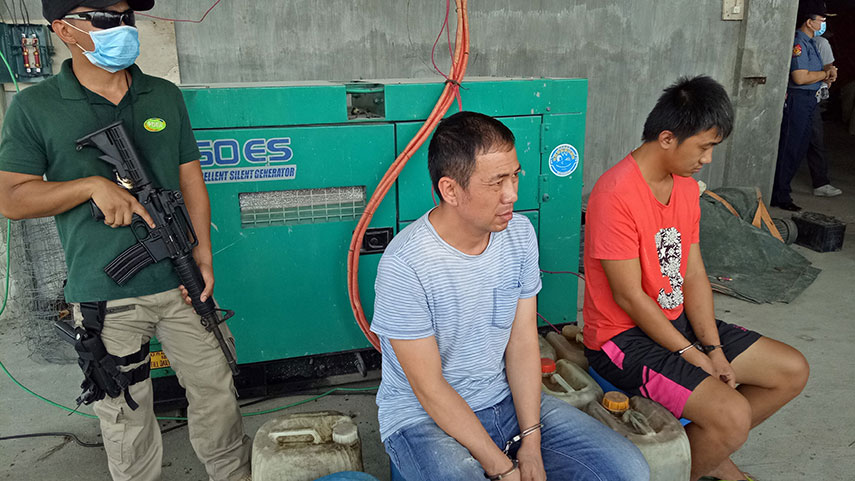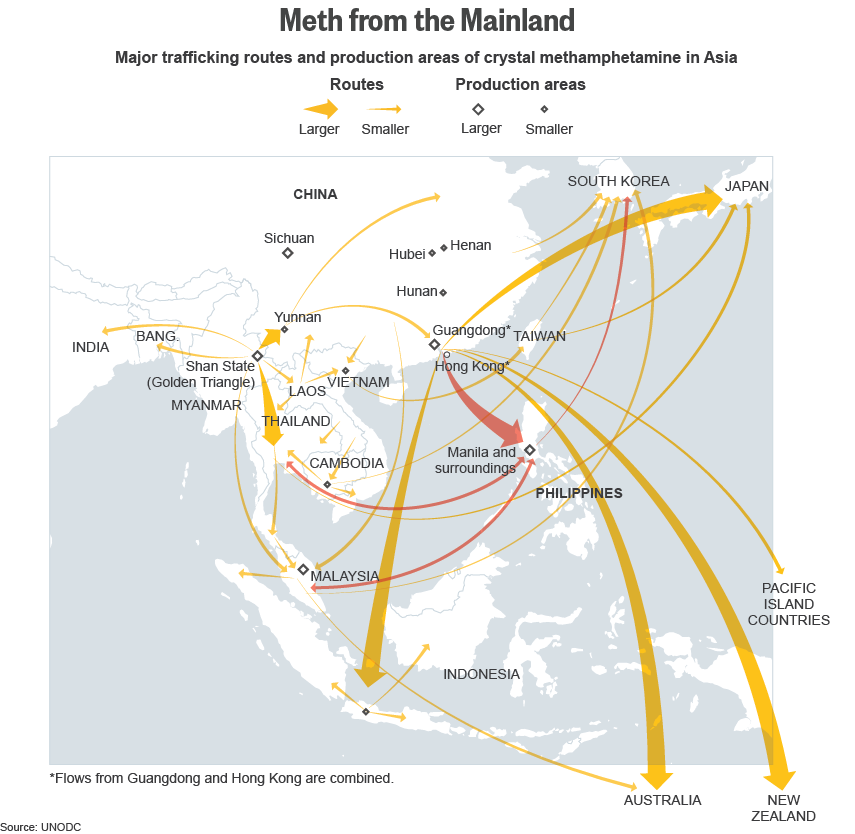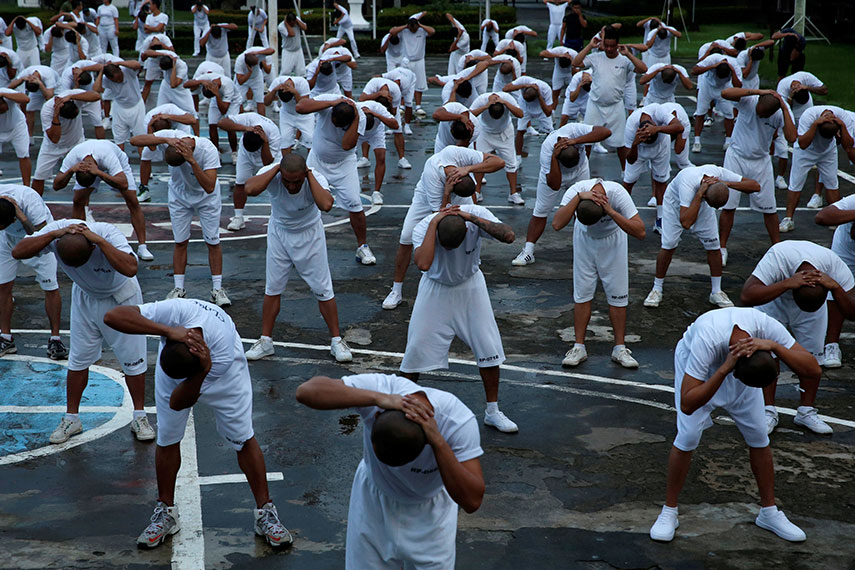onedomino
SCE to AUX
- Sep 14, 2004
- 2,677
- 481
- 98
It seems like everywhere that Islam, the Religion of Peace, comes in contact with another culture there is violence and death: America, Europe, Russia, Central Asia, Algeria, Morocco, Sudan, Israel, Saudi Arabia, Iraq, Iran, Afghanistan, Pakistan, India, Thailand, Indonesia, China, Philippines. Have I left anyplace out?
Death Toll Grows in Fighting in Philippines
Army battling Muslim Rebels (i.e., murderers and kidnappers) on Island of Jolo
http://msnbc.msn.com/id/6937649/
MANILA - The death toll neared 60 in three days of fighting between the Philippine army and two groups of Muslim rebels on the southwestern island of Jolo, the military said on Wednesday.
The military had launched an offensive against militants from Abu Sayyaf, a small group linked to al Qaeda, and renegades from the Moro National Liberation Front (MNLF), said army spokesman Lieutenant-Colonel Buenaventura Pascual.
Both groups have strongholds in the mountains and jungles of Jolo. The MNLF signed a peace deal in 1996, but some disgruntled members joined Abu Sayyaf and were involved in several cross-border kidnappings in 2000.
Since Monday, we have lost 20 soldiers, but we killed about 40 rebels in our punitive actions, Pascual told reporters.
More than 30 soldiers were wounded, he said.
The violence erupted on Monday when hundreds of rebels ambushed a convoy of soldiers in Patikul town. They also staged attacks in three other areas of Jolo.
The Moro Islamic Liberation Front (MILF), which is due to restart peace talks with the government in March after breaking away from the MNLF in 1978, said its members were not involved in the clashes on Jolo.
'Peaceful solution'
We remain committed to a peaceful solution, said Eid Kabalu, a spokesman for the MILF, the largest Muslim rebel group in this mainly Roman Catholic country.
The clashes on jolo are unlikely to affect talks between the government and the larger MILF set for next month in Kuala Lumpur, although security analysts see the potential for some MILF members to break away as a peace deal draws nearer.
Kabalu said the MILF, mainly based on Mindanao island, had a minimal presence on Jolo. He said the MILF was ignoring calls from other rebel groups to abandon the peace talks and continue fighting for a Muslim state in the southern Philippines.
We respect their position, Kabalu said by phone. We have our own strategy to deal with government.
On Tuesday, Abu Solaiman, an Abu Sayyaf leader, called on the MILF to drop the peace talks being brokered by Malaysia.
To our brothers in the MILF, dont waive our nations honor, dignity and right, Solaiman said in a radio interview. No amount of development can pay for our homelands illegal and immoral occupation or annexation.
Pascual said six more planes and helicopters were deployed to Jolo to provide close air support for the soldiers.
Rebel positions shelled
Army howitzers started shelling rebel positions on Wednesday morning as 3,000 troops staged ground assaults. Helicopters fired rockets and OV-10 planes dropped 500-lb (227-kg) bombs on rebel bunkers, Pascual said.
Abu Sayyaf, estimated to have about 500 fighters, was best known for kidnapping foreigners and Filipinos for ransom until it killed at least 100 people with a bomb on a passenger ferry at the mouth of Manila Bay in February 2004.
The army said the MNLF renegades had joined forces with Abu Sayyaf to put pressure on Manila to transfer the detention of separatist leader Nur Misuari to the southern province of Sulu.
Misuari, a political science professor at a state university, organized the MNLF in 1968.
He was elected governor of a semi-autonomous Muslim region after the 1996 peace agreement, brokered by Indonesia, but staged a rebellion in 2001 after the government refused to support his re-election.
Misuari tried to escape to Malaysia but was deported to the Philippines in January 2002. He is detained at a police camp south of Manila and stands trial on rebellion charges.


